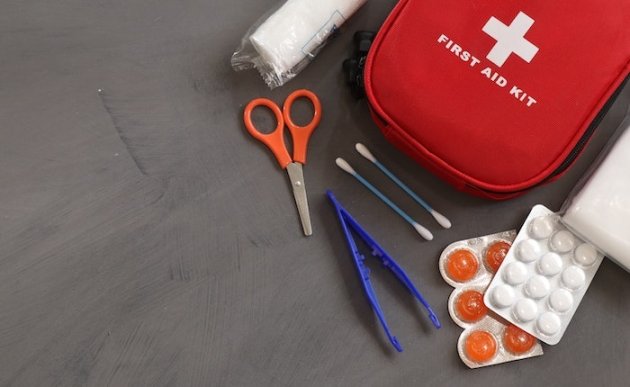If you’re ever in a situation where someone is bleeding, you know it can be scary and overwhelming.
Actually, there are two types of bleeding: internal, internal organs such as the lungs and intestine, and external, skin, and other tissue. Internal bleeding is a lot more serious, but there are still steps to take when dealing with external injuries.
To learn more about first aid for bleeding injuries, read on! This article can help you discover what you need to know.

Table of Contents
Call Emergency Hotline
If you are dealing with a medical emergency like a bleeding individual, the first step should always be to call the emergency hotline. Knowing when and how to call 911 or other emergency hotlines can reduce the time it takes for medical professionals to arrive and help.
Depending on the severity of the bleeding and the situation, several first-aid procedures can be done to slow down or stop the bleeding until emergency help arrives. If you do not know how to do first aid, you could learn more how to get your certification here.
Stop the Bleeding
The first step is to put appropriate pressure directly on the wound. Pressure has to be applied for at least five to ten minutes. Covering the wound with a clean cloth and applying pressure with both hands is the best way to stop external bleeding.
You must take care not to remove the dressing to check for bleeding, as the pressure of bleeding causes the blood to clot, and removal of the dressing will undo the clotting process and restart the bleeding. If the bleeding won’t stop, you should find a professional right away.
Clean the Wound
Clean the wound with soap and water to reduce the risk of infection. Use gauze or a clean cloth to apply gentle pressure to the wound. To further mitigate the risk of infection, you should cover the wound with a dry, sterile dressing and a bandage.
If the wound becomes swollen, red, and inflamed, an infection is likely to set in, and you should seek medical attention immediately. Proper first aid steps can help protect the wound from infection and reduce further complications.
Elevate the Injured Area
When providing first aid for a bleeding injury, elevate the injured area above the heart if possible. This will help slow the bleeding, as gravity can help constrict the blood vessels. Ultimately, elevating the injured area is important in providing prompt first aid for bleeding wounds.
Use a Tourniquet Only in Extreme Cases
When used correctly, tourniquets can stop blood loss and save a person’s life. But they should only be used in extreme cases when commercial dressings and direct pressure have failed.
Even if a tourniquet is used after these other methods, it may not be enough to save the person’s life, and even if it is, the wound may still cause problems in the long run. So, first responders and medical professionals have to figure out how bad the situation is and decide if a tourniquet is needed.
Learn First Aid for Bleeding in Case of Emergency
Always remember to use the right precautions when doing first aid for bleeding. Knowing how to stop bleeding can help form life-saving skills.
Stay informed and practice basic first aid; you never know when it may come in handy. Seek medical attention if the bleeding is severe or doesn’t stop. Be prepared, and stay safe!
We hope you enjoyed reading this article. If you found it helpful, be sure to check out our blog for more great articles.




